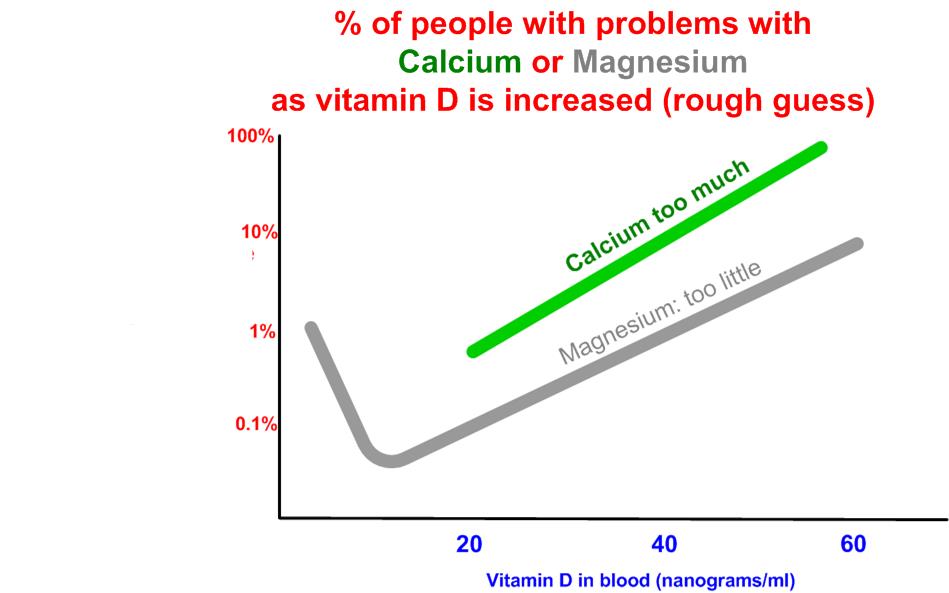Interaction between Vitamin D and calcium
Scandinavian Journal of Clinical & Laboratory Investigation
April 2012, Vol. 72, No. S243 , Pages 60-64
Paul Lips
Department of Internal Medicine, Endocrine section, VU University medical center, Amsterdam, The Netherlands
Correspondence: Paul Lips, Department of Internal Medicine, Endocrine section, VU University medical center, Amsterdam, The Netherlands. E-mail: P.Lips@vumc.nl
Probably presented at the Bermeyer Coonference in Garmishpartenkirchen (Germany) in March 2012
A low calcium intake aggravates the consequences of vitamin D deficiency. This suggests an interaction between vitamin D and calcium intake, which is the subject of this review. The active vitamin D metabolite, 1,25-dihydroxyvitamin D (1,25(OH)2D) binds to the vitamin D receptor (VDR) in the intestinal cell and stimulates the active calcium transport from the intestine to the circulation. Vitamin D is not needed for the paracellular transport of calcium, which depends on the calcium gradient.
Active calcium absorption decreases when the serum 25-hydroxyvitamin D (25(OH)D) concentration is items**
- Overview Calcium and Vitamin D which includes the following notional chart

PDF is attached at the bottom of this page
